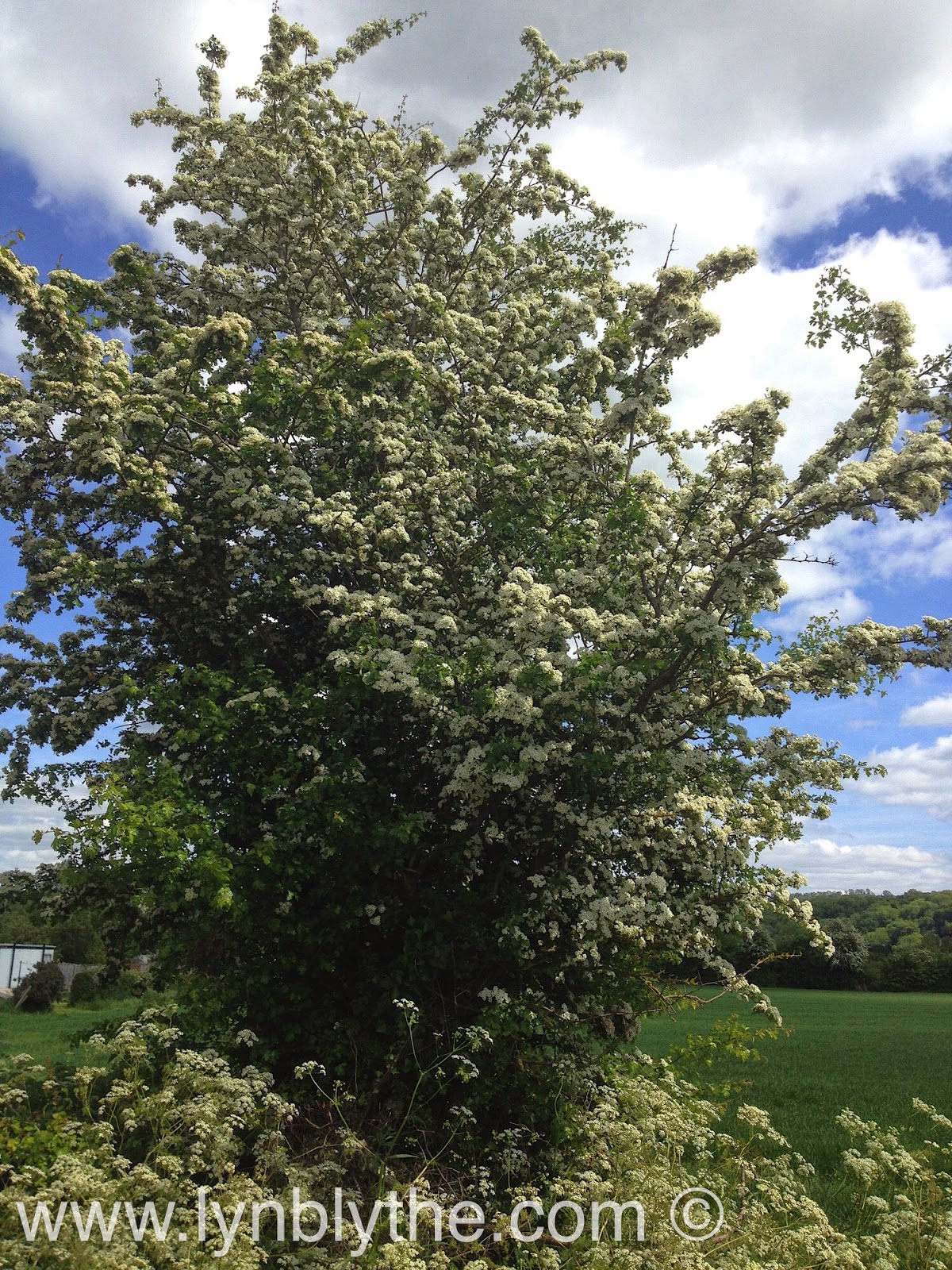 | |||||
| Hawthorn berries (Crataegus spp) |
 |
| Hawthorn (Crataegus spp) |
Flowering tops are picked in the Spring, and
the ripe berries collected in the Autumn. These are used to make
tinctures (medicines), or dried for teas (infusions) and capsules.
Whilst most herbs tend to have numerous widespread actions, hawthorn is
almost exclusively a herb used for the heart and circulatory system by
modern day herbalists, and hawthorn is regarded as one of the safest
herbs in our dispensary.
The actions of hawthorn have been used to help people with conditions such as angina, mild to moderate heart failure, either high or low blood pressure (depending on which other herbs are combined with the hawthorn in the prescription), Raynaud's Syndrome, atherosclerosis, some menopausal symptoms, chilblains, varicose veins and many other cardiovascular complaints. The precise effect of a prescription will, of course, depend upon which other herbs the hawthorn is combined with.
A vast array of studies support such clinical uses of hawthorn. For example, the European Journal of Heart Failure reported Crataegus to be beneficial in treatment of heart disease due to induction of cAMP-independent positive inotropy, peripheral and coronary vasodilation, protection against arrhythmias, having antioxidant properties and anti-inflammatory effects (see below for more).
Although a gentle herb, anyone with an existing health condition, or currently taking medication, should seek advice before using any herbs.
 | |
| Hawthorn and lime blossom tea |
Krzeminshi, T., Chatterjee, S.S. (1993). Ischaemia and early reperfusion induced arrhythmias: beneficial effects of an extract of Crataegus oxyacantha. L Pharm Pharmacol Lett 3: 45-48
No comments:
Post a Comment